
Table of Contents
Have you ever found yourself so engrossed in a blog post that you felt like you were right there in the story, experiencing every twist and turn alongside the author? That, dear reader, is the magic of blog storytelling. It’s the secret sauce that turns casual readers into loyal followers, transforming a simple blog post into a captivating journey that leaves them craving more. But here’s the thing: not all bloggers wield this power. In fact, according to a study by the Content Marketing Institute, only 37% of B2B marketers say they’re effective at content creation, with storytelling being a key challenge. So, the question is, are you ready to join the ranks of the storytelling elite and unlock the full potential of your blog? Because if you are, you’re in the right place. In this article, we’re going to delve into the art of storytelling in blog writing, exploring how to engage your readers on a deeper level and foster that all-important content loyalty. By the end, you’ll have a toolkit of techniques to make your blog posts not just informative, but unforgettable. So, grab a cup of coffee, get comfortable, and let’s embark on this storytelling adventure together. After all, everyone loves a good story, right?
But first, let’s address the elephant in the room. You might be thinking, ‘Storytelling in blog writing? Isn’t that just for novelists and screenwriters?’ Well, let us assure you, nothing could be further from the truth. Storytelling is a universal language that transcends genres and mediums. It’s the heartbeat of human connection, and it’s a powerful tool that every blogger should have in their arsenal. In fact, when we tell stories, our brains release a neurotransmitter called oxytocin, often referred to as the ‘love hormone’ or ‘cuddle hormone.’ This chemical boost not only makes us feel good but also increases our trust and loyalty. Isn’t that exactly what you want your readers to feel towards your blog?
Now, you might be wondering, ‘What does this have to do with blog writing?’ Well, let’s consider this: the average person reads at a rate of about 200 words per minute. That means, if your blog post is 1,000 words long, your reader will spend about five minutes with you. Five minutes! In that time, you’ve got to grab their attention, make them care, and leave them wanting more. That’s where storytelling comes in. It’s not just about what you’re saying, but how you’re saying it. It’s about painting pictures with your words, evoking emotions, and creating connections. It’s about turning your blog post into a story that resonates.
So, are you ready to harness the power of storytelling and turn your readers into loyal followers? In this article, we promise to reveal the secrets of blog storytelling, from understanding your audience to crafting compelling narratives, and everything in between. We’ll explore how to engage your readers on a deeper level, foster that all-important content loyalty, and ultimately, make your blog the one they can’t resist. So, let’s dive in and start weaving some magic with our words!
Weaving Words, Hooking Hearts: Mastering Blog Storytelling for Unwavering Readership
In the vast, ever-evolving tapestry of the digital world, blog storytelling has emerged as a powerful art form, capable of weaving words into captivating narratives that hook hearts and minds. To master this craft, one must first understand that storytelling is not merely about recounting events, but about evoking emotions, sparking curiosity, and fostering connections. It’s about transforming a simple blog post into a captivating journey, where each word is a thread that draws the reader deeper into the story. Imagine your blog as a cozy nook in a bustling marketplace, where passersby are enticed by the aroma of freshly baked tales, and once they take a bite, they’re compelled to stay, to savor every morsel, and to share their newfound delight with others. To achieve this, begin by knowing your audience, their dreams, their fears, their aspirations. Speak to them in a voice that resonates, that feels like a familiar friend, yet possesses the power to surprise and inspire. Use vivid imagery to paint pictures with your words, allowing readers to visualize the scenes unfolding in their minds. Employ suspense, humor, and emotion to keep them on the edge of their seats, eager to turn the page, to scroll down, to find out what happens next. Remember, every post is a new chapter in an ongoing saga, a chance to engage, to entertain, and to educate. So, go ahead, weave your words, hook their hearts, and watch as your readership grows, one captivated reader at a time.

The Power of Narrative: Why Storytelling Matters in Blog Writing
In the vast expanse of the digital world, where information is abundant and attention is scarce, the power of narrative stands as a beacon, guiding readers through the clutter and drawing them into the heart of a blog post. But why is storytelling so compelling? The answer lies in the intricate workings of the human psyche.
From the time we first huddled around campfires, listening to tales of ancient heroes and mythical beasts, humans have been wired to connect with stories. This isn’t just a matter of preference; it’s a psychological imperative. Stories stimulate our brains in ways that raw data never can. They activate multiple regions, including those associated with language, emotion, and even motor control. In essence, when we read a story, our brains don’t just process information; they experience it.
This understanding can revolutionize the way we approach blog writing. Instead of merely presenting facts and figures, we can weave them into narratives that engage readers on a deeper level. Here’s how:
- Create Characters and Conflict: Even in non-fiction, stories need characters. This could be the protagonist of your story (like a person, an idea, or even a problem), and conflict is the challenge they face.
- Use Emotion: Stories that evoke emotions are more memorable. Don’t shy away from making readers feel happy, sad, angry, or inspired.
- Show, Don’t Tell: Instead of stating facts, paint pictures with words. Transport readers into the scene, making them feel like they’re experiencing the story firsthand.
By harnessing the power of narrative, blog writing can transcend its informational roots, becoming a captivating, immersive experience that resonates with readers long after they’ve clicked away. After all, in a world filled with noise, a well-told story is a symphony that demands to be heard.
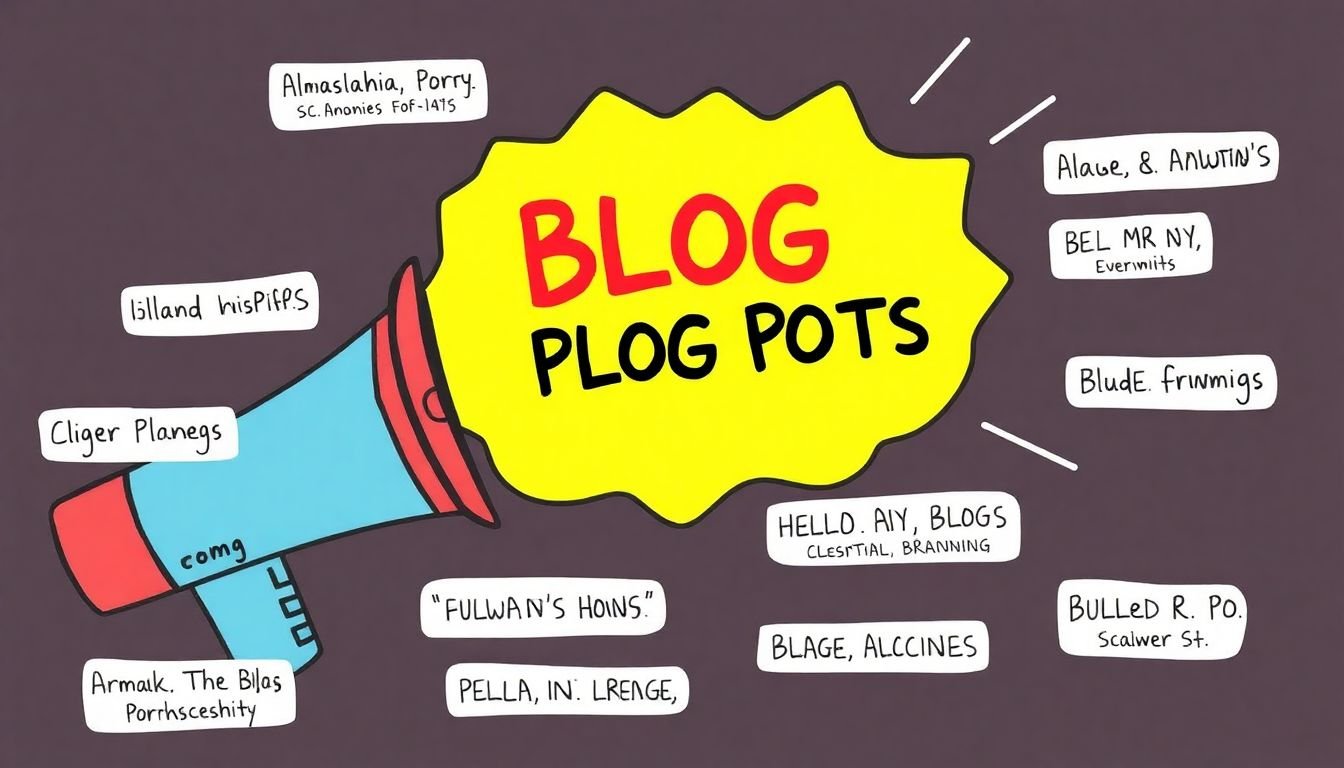
Crafting Your Blog’s Unique Voice: The First Step in Storytelling
Crafting Your Blog’s Unique Voice: The First Step in Storytelling
In the vast expanse of the blogosphere, where millions of voices clamor for attention, the first step in storytelling isn’t about the plot or the prose, but about finding your unique voice. Your voice is the fingerprint of your writing, the thing that makes your words unmistakably yours. It’s the tone, the style, the perspective that draws readers in and keeps them coming back.
Think of it like this: Imagine you’re at a party, and everyone is talking. Some people are funny, some are serious, some are loud, some are soft-spoken. You’re drawn to the ones who stand out, who make you laugh, who make you think, who make you feel. The same principle applies to blogs. Readers are drawn to voices that resonate with them.
So, how do you craft your blog’s unique voice?
- Start with Authenticity: The most important thing is to be yourself. Your voice should be a reflection of who you are, what you believe in, and what you’re passionate about. Don’t try to mimic someone else’s voice. It’s like trying to wear someone else’s shoes
- it just doesn’t fit right.
- Find Your Tone: Is your blog funny, serious, informative, or a mix? Your tone should reflect your content and your personality. Think about the kind of relationship you want to build with your readers. Are you a friend, a teacher, an entertainer?
- Use Language That’s Uniquely Yours: This is where your personal experiences, your background, and your interests come into play. Use phrases, metaphors, and analogies that are uniquely yours. This is what will make your writing stand out.
- Consistency is Key: Once you’ve found your voice, stick with it. Consistency helps readers recognize your work and builds your brand. It’s like a signature
- once you’ve seen it a few times, you know it’s from you.
Take, for instance, Seth Godin’s blog. His voice is concise, direct, and always focused on marketing and entrepreneurship. He’s consistent, and his readers know what to expect. Or consider The Bloggess, Jenny Lawson. Her voice is hilarious, honest, and often uncomfortably personal. It’s unique, and it’s drawn a massive following.
Remember, your voice is your superpower. It’s what makes your blog unique, what makes your stories compelling. So, find it, nurture it, and let it shine. Your readers will thank you.

The Hook: Captivating Readers from the Get-Go
Crafting a compelling hook is akin to casting a magical spell, drawing readers into your narrative and compelling them to continue. The hook, your opening salvo, should be as irresistible as a siren’s song, captivating your audience from the get-go. But what makes a hook effective? Let’s delve into the art of hook crafting, exploring various types and providing practical tips to help you reel in your readers.
First, consider the question hook. This type of hook poses a question that your readers can’t help but want to know the answer to. For instance, Tim Ferriss, in his blog post ‘Fear Setting: The Most Important Exercise I Do Every Month,’ begins with ‘What if you could not fail?’ This question immediately sparks curiosity and encourages readers to dive in.
Next, there’s the statement hook. A bold, surprising, or thought-provoking statement can grab attention and challenge your readers’ perspectives. Take, for example, Seth Godin’s ‘The Dip’ blog post, which opens with ‘Winners quit all the time. They just quit the right stuff at the right time.’ This statement is counterintuitive and intriguing, making readers eager to understand the context.
An anecdote can also serve as an effective hook. By sharing a relatable or fascinating story, you can draw readers in and create an emotional connection. In ‘The Power of Vulnerability,’ Brené Brown starts with a personal story about her struggle with vulnerability, making her message instantly relatable.
To craft your own irresistible hook, follow these steps:
- Understand your audience and what they care about.
- Identify the main point or benefit of your content.
- Choose the hook type that best suits your content and audience.
- Craft your hook, ensuring it’s clear, concise, and compelling.
- Test your hook on a small group and refine based on their feedback.
Remember, the goal of a hook is to create a connection, spark curiosity, or challenge a perspective. With the right hook, you’ll have your readers hooked from the get-go.
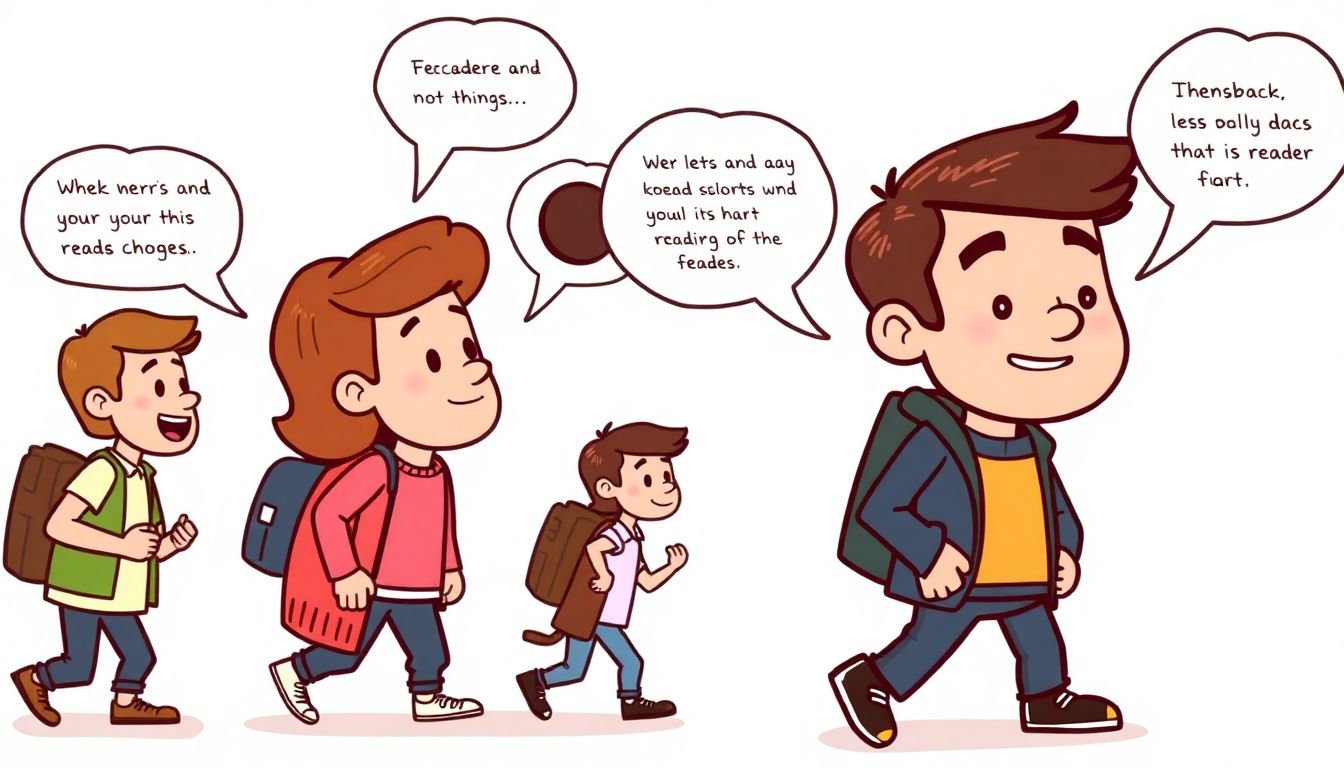
Character Development: Yes, Even in Blog Posts
In the vast digital landscape of the internet, blog posts often get a bad rap for being mere repositories of information, devoid of the emotional depth and character development typically associated with novels. However, I argue that character development isn’t just for the likes of Jane Austen or J.R.R. Tolkien; it’s a powerful tool that bloggers can wield to engage readers on a personal level. Think of it as the ‘blogger character’
- a consistent, relatable persona that shines through your writing, making your content not just informative, but also engaging and memorable.
So, how does one go about developing this ‘blogger character’? Let’s break it down into a few simple steps. First, consider your niche and your audience. What are they looking for in a blog post? What kind of voice would resonate with them? For instance, if you’re writing about tech, a humorous, witty tone might work, while for health and wellness, a more empathetic, reassuring voice could be more appropriate.
Next, think about your unique perspective. What makes your voice different from others in your niche? This could be your personal experiences, your sense of humor, or your way of explaining complex ideas. This uniqueness is what will make your ‘blogger character’ stand out.
Consistency is key in developing your ‘blogger character’. Just like in a novel, where characters don’t suddenly start speaking in a different accent or acting out of character, your blog posts should maintain a consistent voice. This doesn’t mean you can’t evolve over time, but the core of your ‘blogger character’ should remain consistent.
Lastly, don’t be afraid to let your personality shine through. Share personal anecdotes, talk about your struggles and triumphs, and show your readers that there’s a real person behind the screen. This human touch is what makes your ‘blogger character’ relatable and engaging.
In conclusion, character development isn’t just for novels. It’s a powerful tool that bloggers can use to engage readers on a personal level. So, go ahead, create your ‘blogger character’, and watch as your readers become not just consumers of your content, but fans of your unique voice.
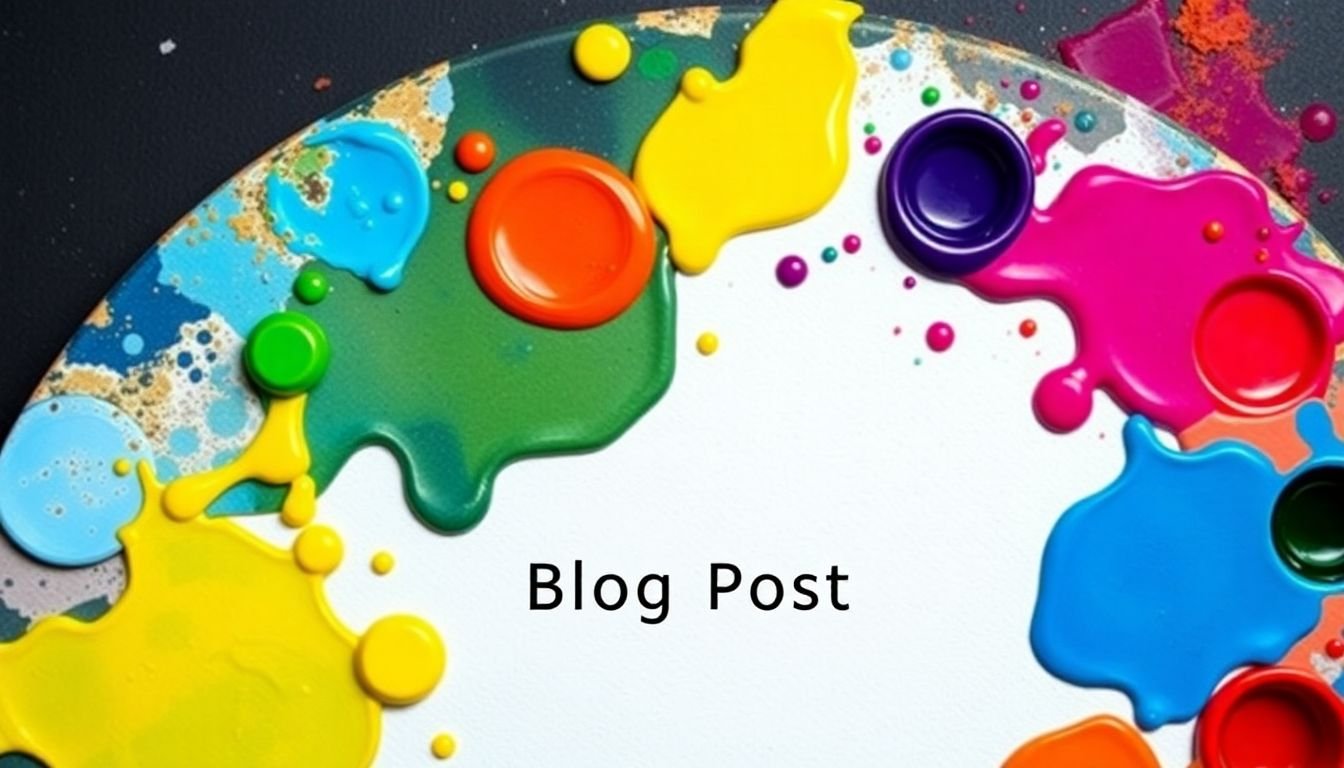
The Art of Show, Don’t Tell: Painting Pictures with Words
The ‘show, don’t tell’ principle is a fundamental tenet of creative writing that encourages authors to paint pictures with words, allowing readers to engage with the narrative and create their own mental images. Instead of stating facts outright, this approach uses descriptive language, metaphors, and sensory details to evoke emotions and stimulate the reader’s imagination.
The key to ‘showing’ rather than ‘telling’ lies in the judicious use of descriptive language. For instance, instead of saying ‘The sun was hot’, one could write ‘The sun beat down like a relentless drum, its rays a fiery lash against exposed skin’. This not only tells the reader about the heat but also conveys the intensity and discomfort it causes.
Metaphors are powerful tools in the ‘show, don’t tell’ arsenal. They allow authors to compare two unlike things, creating a vivid mental image in the reader’s mind. For example, ‘Her laughter was music to his ears’ paints a clearer picture than simply stating ‘She laughed happily’.
Sensory details are another crucial element. Engaging all five senses helps to immerse the reader in the scene. Consider this: ‘The market was a symphony of sights and sounds. Colors danced in a riotous display, while the air buzzed with the cacophony of vendors’ cries and the distant hum of traffic’. This description appeals to the reader’s sight and hearing, creating a more immersive experience than a simple ‘The market was busy’.
To master the ‘show, don’t tell’ principle, consider the following steps:
- Use descriptive verbs and adjectives to paint a clear picture.
- Employ metaphors and similes to make comparisons that engage the reader’s imagination.
- Include sensory details to appeal to the reader’s senses and create a more immersive experience.
By following these steps, writers can transform their words into vivid, unforgettable images that linger in the reader’s mind long after the last page is turned.
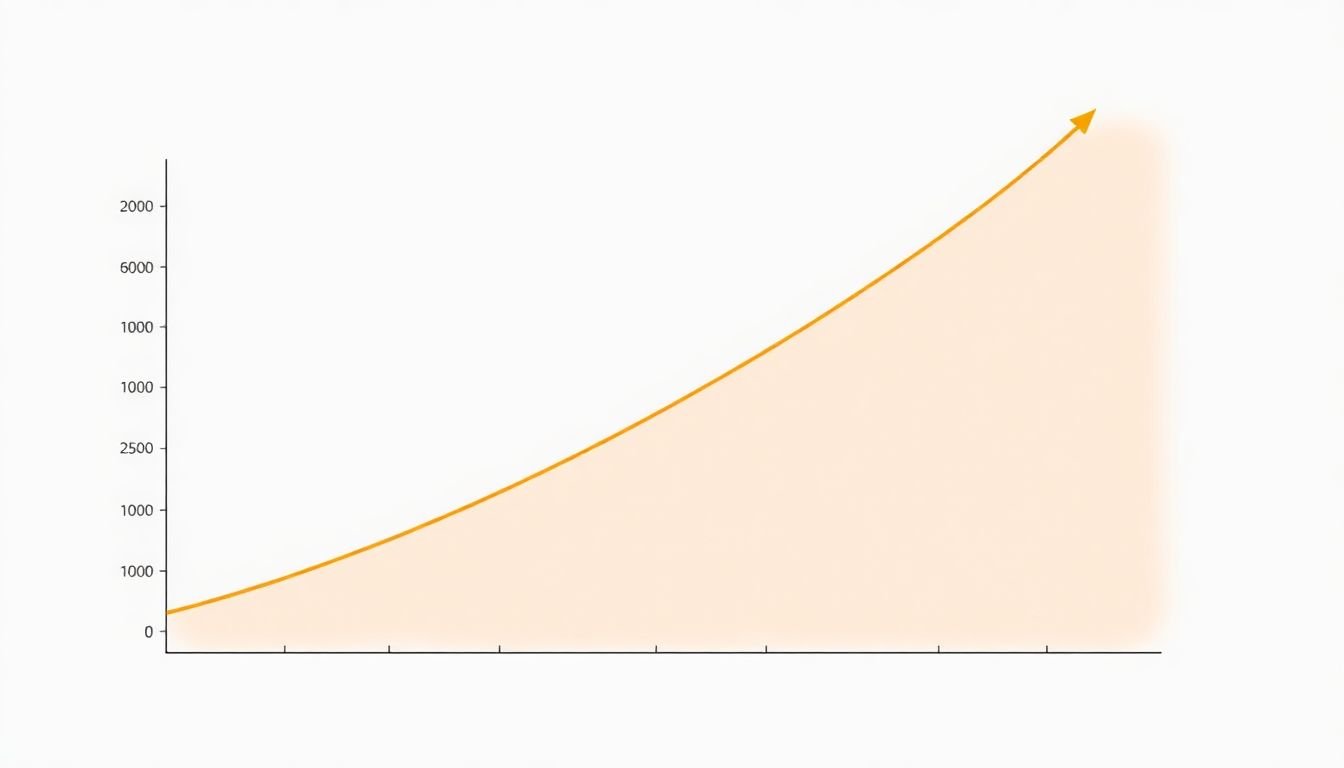
Emotion: The Secret Ingredient in Engaging Blog Posts
Emotion, that intangible yet powerful force, is often the secret ingredient that transforms a mere blog post into a captivating, viral sensation. It’s no secret that we humans are emotional beings, and our decisions, including what we choose to read, are heavily influenced by our emotions. So, how can bloggers harness this power to engage readers? The key lies in storytelling techniques that evoke emotions like joy, curiosity, or nostalgia.
Firstly, let’s consider joy. Who doesn’t love a good news story or a heartwarming tale? Take, for instance, the blog post ‘The Man Who Planted Trees’ by Jean Giono. This story, though simple, evokes joy through its narrative of a man’s dedication to planting and nurturing trees, ultimately transforming a barren wasteland into a lush forest. The joy we feel is not just from the man’s success but also from the hope and positivity it instills in us.
Curiosity, on the other hand, is a powerful emotion that can keep readers hooked. Consider the blog post ‘The Dress That Fooled the Internet’ by Wired’s Adam Rogers. This post played on our curiosity by presenting a simple optical illusion
- a dress that appeared different colors to different people. The post went viral as people eagerly shared their interpretations and debated the dress’s true color.
Nostalgia, another potent emotion, can make readers feel a deep connection with a post. A great example is ‘The Evolution of the Selfie’ by The Atlantic’s James Hamblin. This post evoked nostalgia by tracing the history of self-portraits, from Rembrandt to the modern-day selfie. It made readers reminisce about their own evolution and the changes in technology and culture over time.
To evoke these emotions, bloggers can use various storytelling techniques. These include using vivid descriptions to paint a picture in the reader’s mind, employing suspense to build curiosity, and using personal anecdotes to create a sense of nostalgia. By mastering these techniques and understanding the power of emotion, bloggers can create posts that not only inform but also engage, entertain, and inspire.

Storytelling Techniques: The Blogger’s Toolbox
Storytelling, an art as old as humanity itself, has evolved with the digital age, finding a new canvas in the blogosphere. Bloggers, much like novelists or screenwriters, have the power to captivate audiences with their narratives. To help you craft compelling stories that leave your readers craving more, let’s explore some tried-and-true storytelling techniques and discuss how you can incorporate them into your blog posts.
One of the most effective techniques is the use of flashbacks. Flashbacks allow you to weave a tale that’s not linear, keeping your readers on their toes. They can be used to reveal backstory, provide context, or hint at future events. To implement flashbacks, simply insert a brief, distinct segment of text that contrasts with the current timeline. For instance, you might start a paragraph with ‘Three years ago…’ to signal a shift in time.
Foreshadowing is another powerful tool. It’s like planting a seed in your reader’s mind, making them anticipate what’s to come. This could be a subtle hint, a mysterious character, or an ominous event. To use foreshadowing, drop cryptic clues throughout your post, gradually building tension. For example, if your story involves a heist, you might mention a peculiar lock on a door early on, hinting at the challenge to come.
Cliffhangers are the blogger’s secret weapon. They keep readers hooked, eager to click ‘next page’ or return for the next post. A cliffhanger can be as simple as ending a paragraph with a question or a revelation that demands immediate resolution. To use cliffhangers effectively, balance them with satisfying resolutions. Too many cliffhangers can frustrate readers, while too few may not keep them engaged.
Lastly, let’s not forget the humble Prologue and Epilogue. These can provide valuable context, hint at future events, or offer a poignant conclusion. To use them effectively, make sure they add something meaningful to your story. A prologue might reveal a crucial event from the past, while an epilogue could show the consequences of your protagonist’s actions.
Incorporating these techniques into your blog posts can transform them from mere articles into engaging narratives. So, go ahead, grab your metaphorical quill, and start weaving your tale. Your readers will thank you for it.

The Power of Series and Sequels: Building Loyalty Through Continuity
In the vast landscape of digital content, cultivating reader loyalty is akin to finding a hidden oasis. One effective strategy to achieve this is by creating a series or sequel blog posts. This approach, much like a well-crafted novel, keeps readers engaged and eager for more, fostering a sense of continuity and belonging.
The power of series and sequels lies in their ability to create a consistent narrative or theme that resonates with readers. By providing a steady stream of related content, you’re essentially inviting your audience to join you on a journey. This journey, when filled with valuable insights, compelling stories, or practical tips, becomes a familiar and comforting space that readers are drawn to.
To maintain this continuity and encourage readers to return for more, consider the following strategies:
-
Establish a Clear Theme or Narrative:
- Whether it’s a specific topic, a character’s journey, or a particular issue, having a clear theme helps readers understand what to expect and keeps them invested.
Consistent Publishing Schedule:
- Regularity is key. A consistent publishing schedule helps readers anticipate your content and makes it a habit for them to check in.
Cross-Promote Within the Series:
- Link to previous posts in your series to help readers explore related content and understand the broader context.
Engage with Your Audience:
- Respond to comments, ask for feedback, and incorporate reader suggestions. This not only makes them feel valued but also creates a sense of community around your content.
Plan for Growth and Evolution:
While continuity is important, stagnation is not. Plan for your series to grow and evolve, keeping your content fresh and exciting.
By implementing these strategies, you’re not just publishing blog posts; you’re weaving a tapestry that readers want to be a part of. You’re creating an experience that fosters loyalty, turning casual readers into dedicated followers. So, go ahead, start your series, and watch as your audience grows with you, one post at a time.
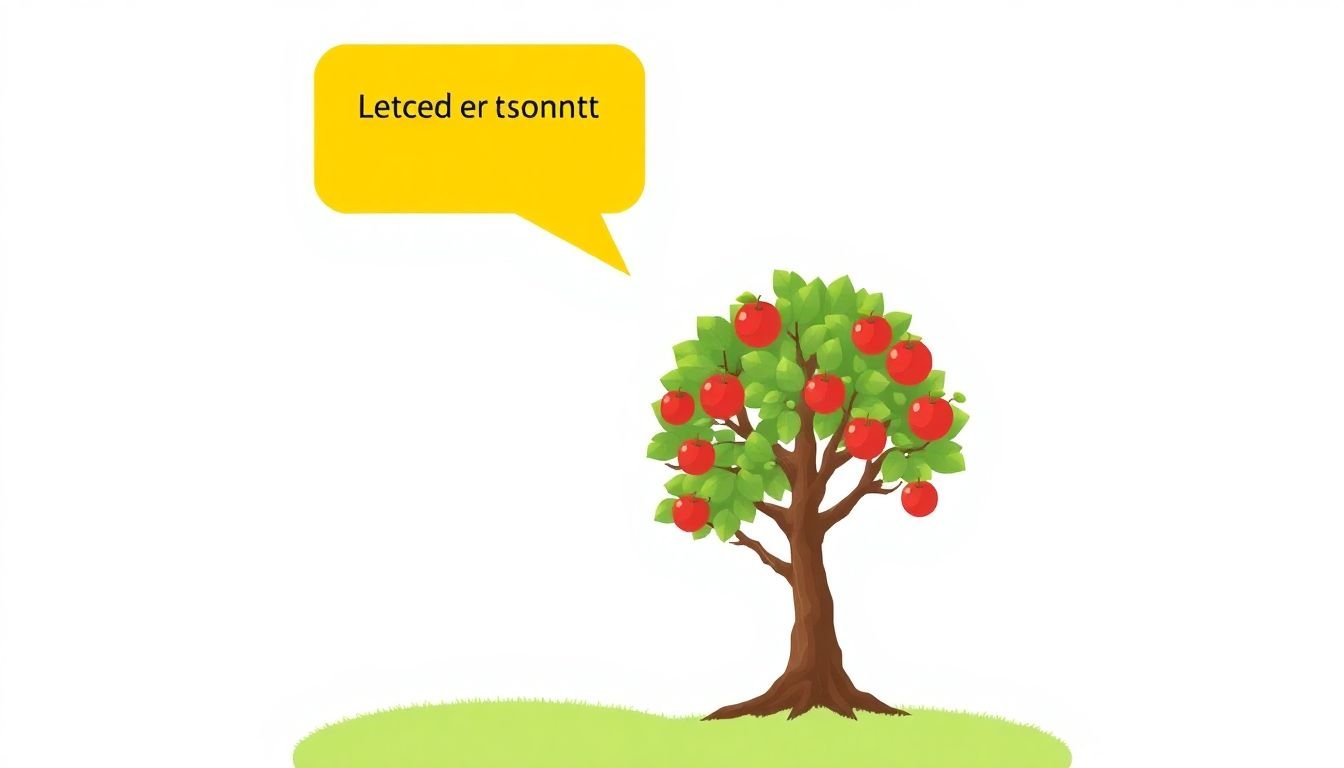
Engaging with Readers: The Interactive Element of Storytelling
Engaging with readers is not just a nice-to-have feature in blog storytelling; it’s a vital element that transforms a one-way monologue into a dynamic, interactive dialogue. This interaction fuels the growth of your blog, fosters a loyal readership, and makes the storytelling process more enriching and enjoyable. Here’s why and how to encourage reader interaction, and how to incorporate their input into your future posts.
Firstly, let’s understand why reader interaction is so important. It creates a sense of community around your blog, turning casual readers into invested participants. It provides valuable feedback, helping you understand what resonates with your audience and what doesn’t. Moreover, it can inspire new ideas and perspectives, enriching your storytelling and making it more diverse and inclusive.
So, how do you encourage comments, shares, and feedback? Here are some tips:
- Ask Open-Ended Questions: Instead of asking ‘Do you like this post?’, ask ‘What was your favorite part of this post and why?’ This encourages readers to engage more deeply with your content.
- Make it Easy to Comment: Ensure your commenting system is user-friendly and accessible. You could also consider using a commenting platform that allows readers to engage with each other, not just with you.
- Respond to Comments: Show your readers that you value their input by responding to their comments. This can spark conversations and make readers feel heard and appreciated.
- Share Your Posts on Social Media: Platforms like Twitter, Facebook, and LinkedIn can significantly increase your reach and encourage shares and discussions.
Incorporating reader input into future posts is a fantastic way to show your readers that their voices matter. Here’s how you can do it:
- Address Reader Questions: If a reader asks a question in the comments, consider writing a post that answers it. This not only provides value to that reader but also to others who might have the same question.
- Write About Reader Experiences: If a reader shares a personal experience or perspective that’s relevant to your blog’s topic, ask for their permission to write about it. This can make your posts more relatable and engaging.
- Run Polls or Surveys: Ask your readers what they want to read about next. This can guide your content creation and make your readers feel involved in the process.
Remember, the key to successful reader interaction is to be genuine, responsive, and open to feedback. The more you engage with your readers, the more they’ll engage with you, creating a vibrant, interactive storytelling community.
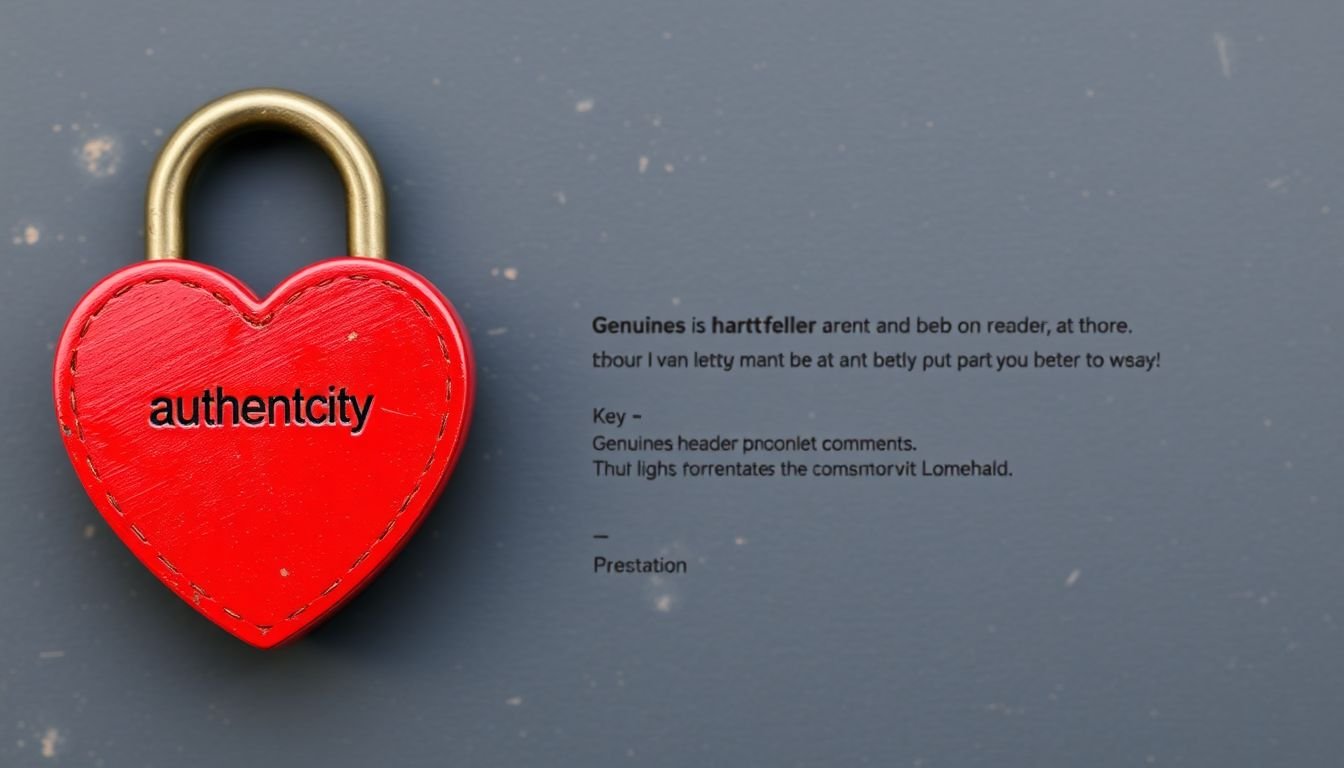
The Role of Authenticity in Blog Storytelling
In the vast expanse of the digital world, where information is abundant and attention is scarce, authenticity has emerged as a beacon that guides readers through the clutter. When it comes to blog storytelling, authenticity is not just a buzzword; it’s the lifeblood that connects the writer to the reader, fostering trust, engagement, and a sense of community. But what exactly does authenticity mean in the context of blog storytelling? Authenticity, in this regard, is about being true to oneself and one’s experiences. It’s about writing from the heart, not just the head. It’s about sharing not just the highlights of your life, but also the shadows, the struggles, and the lessons learned. It’s about being vulnerable, open, and honest, even when discussing sensitive or controversial topics. Because let’s face it, the internet is filled with perfect, polished lives. But real life is messy, complex, and full of imperfections. And that’s what makes it interesting. So, how does one maintain authenticity in blog storytelling, especially when delving into sensitive or controversial topics? The first step is to be honest, always. Honesty is the foundation upon which authenticity is built. It means not sugarcoating your experiences, not shying away from difficult topics, and not presenting a version of yourself that’s not true. It means writing about what you truly believe, feel, and experience, not what you think others want to hear. Another crucial aspect is vulnerability. Vulnerability is what makes your story relatable, what makes your readers feel seen and heard. It’s about sharing your fears, your doubts, your struggles. It’s about showing your readers that you’re human, just like them. But vulnerability doesn’t mean oversharing. It’s about finding the balance between sharing enough to connect with your readers and respecting your own boundaries and those of others. When discussing sensitive or controversial topics, it’s important to approach them with empathy and respect. This means understanding that everyone has different experiences and perspectives, and that’s okay. It means listening to and valuing others’ experiences, even if they differ from your own. It means being open to learning and growth, and being willing to change your mind if presented with new information. Lastly, authenticity in blog storytelling is about being consistent. It’s about staying true to your voice, your values, and your story, even when it’s difficult. It’s about being honest with yourself about what you can and can’t write about, and being honest with your readers about why you’re making certain choices. In conclusion, authenticity is crucial in blog storytelling because it’s what makes your story unique, relatable, and valuable. It’s what makes your readers trust you, connect with you, and keep coming back for more. So, the next time you sit down to write, remember to be honest, be vulnerable, be empathetic, and be consistent. Remember to be authentic. Because that’s what makes your story worth telling.
FAQ
What is the essence of blog storytelling and how does it differ from other forms of writing?
How can I craft a compelling narrative that captivates my readers?
- develop a clear and intriguing premise,
- create well-defined characters or personas,
- establish a compelling voice and tone,
- use vivid descriptions and sensory details,
- employ a mix of narrative techniques, such as flashbacks, foreshadowing, and dialogue,
- and ensure your story has a satisfying arc or resolution.
What role does authenticity play in blog storytelling?
- write about topics you’re passionate about,
- share your personal experiences and lessons learned,
- be open about your struggles and triumphs,
- avoid exaggerations and false claims,
- and always stay true to your unique voice and perspective.
How can I effectively use storytelling to improve reader engagement?
- use the second person perspective to directly address your readers,
- pose questions and encourage readers to share their thoughts,
- create a sense of urgency or suspense,
- use cliffhangers or teasers to entice readers to come back for more,
- and foster a sense of community by responding to comments and encouraging discussion.
What is the relationship between storytelling and content loyalty?
- storytelling helps create a consistent brand voice and identity,
- it allows you to share your values and mission,
- and it provides a framework for delivering valuable, engaging content that keeps readers coming back.
How can I maintain reader loyalty once I’ve gained it?
- stay true to your unique voice and storytelling style,
- regularly publish high-quality content that aligns with your readers’ interests,
- engage with your readers by responding to comments and feedback,
- offer exclusive content or perks to your loyal readers,
- and continually seek to understand and adapt to your readers’ evolving needs and preferences.
How can I use storytelling to create a sense of belonging among my readers?
- share stories that reflect your readers’ experiences and emotions,
- create a safe and inclusive space for discussion and interaction,
- encourage readers to share their own stories and experiences,
- use storytelling to highlight shared values and common ground,
- and celebrate the diversity of your readership by incorporating a range of perspectives into your storytelling.
How can I use storytelling to educate and inform my readers?
- use storytelling to illustrate real-life examples and case studies,
- employ analogies and metaphors to explain abstract concepts,
- use narrative structure to create a clear and logical flow of information,
- incorporate storytelling into lists, how-tos, and other informative content,
- and always ensure that your storytelling serves a clear educational purpose.
How can I measure the success of my blog storytelling efforts?
- bounce rate and time on page,
- page views and unique visitors,
- comment count and social shares,
- email open rates and click-through rates,
- and reader feedback and testimonials. Additionally, pay attention to your readers’ comments and feedback to gain insights into what’s working and what’s not.